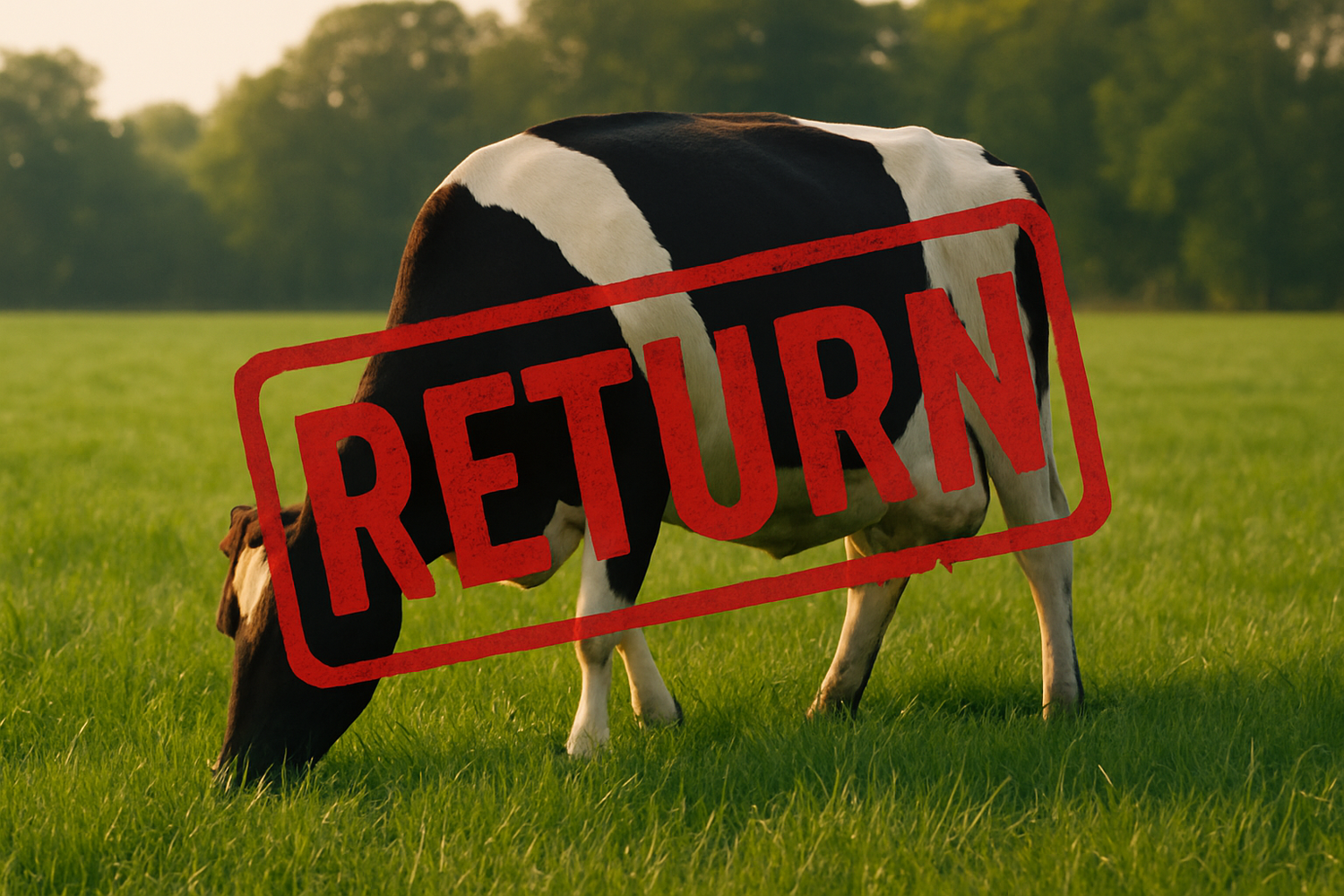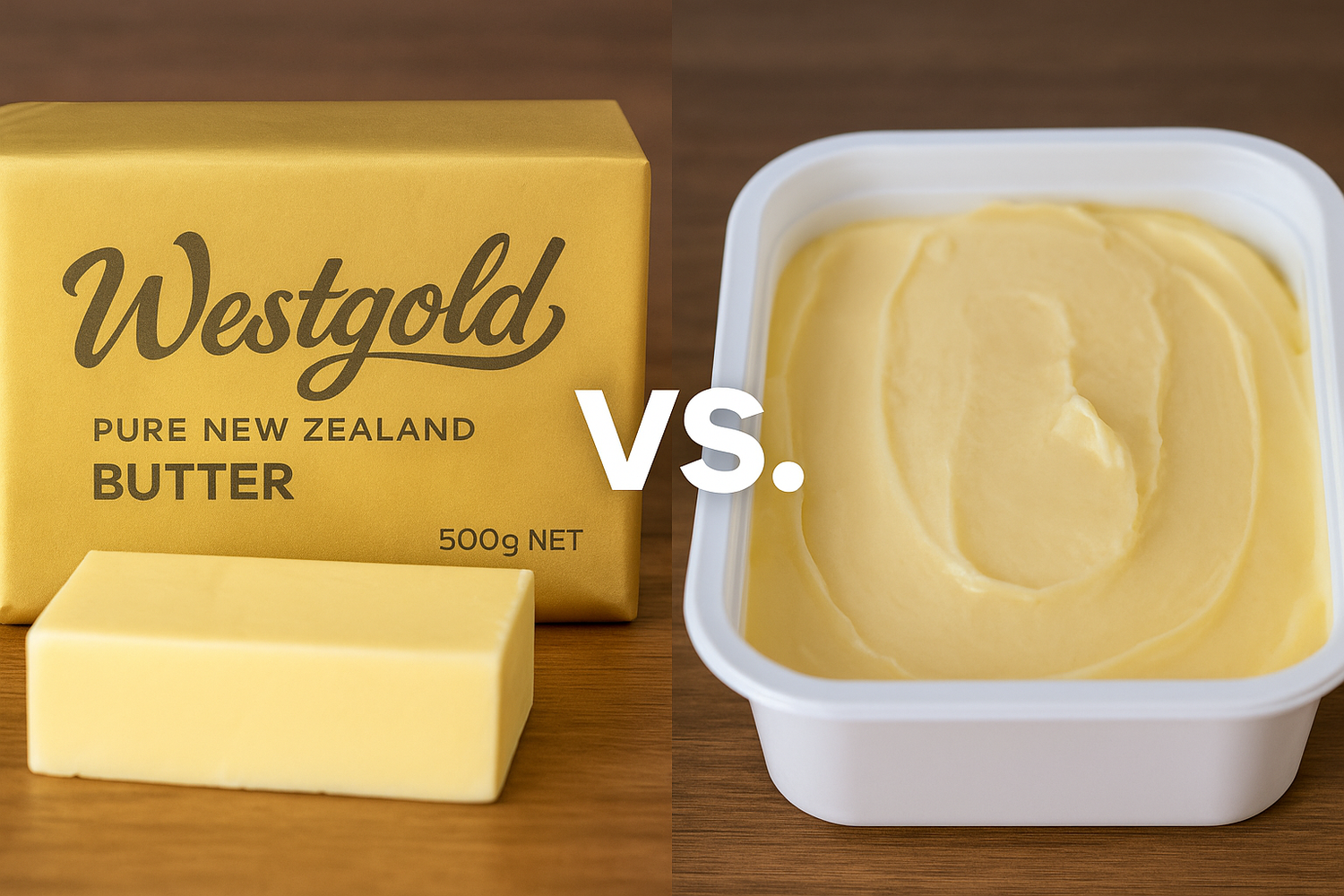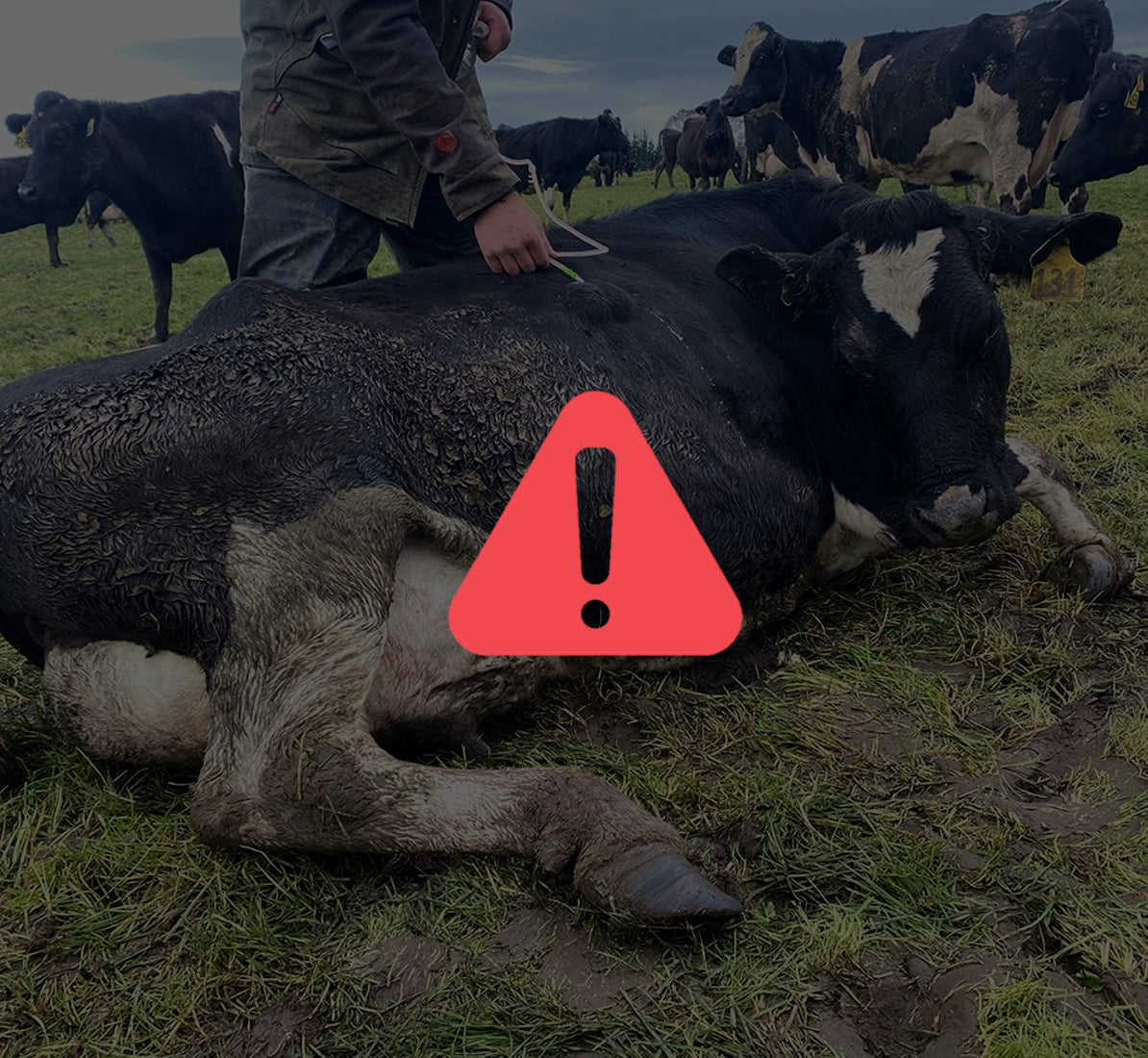- Quirien Cowie, (BVSc)
Mycotoxins are toxic substances produced by some of the fungi that grow naturally in a wide variety of crops and pasture species.
Approximately 100 species of fungi produce mycotoxins that are dangerous when ingested. Toxin-producing fungi are common on maize or pasture plants that are harvested and conserved as silage.
The most common fungi species that grow on silage are Fusarium, Aspergillus, and Penicillium. While visibly mouldy areas of feed should always be avoided, these fungi can produce mycotoxins in part of or all of a silage stack when their levels are low enough that they are not noticeably seen and detection may be challenging, even with testing.
The effects of mycotoxins on livestock are highly variable due to the wide variety of different fungi and toxic substances that may be present, but can include damage to the liver, kidneys, reproductive system or nervous system.
Mild symptoms may include ill-thrift, anorexia, reduced feed conversion efficiency, or gut upsets. More severe symptoms may include diarrhoea, photosensitisation, fetal loss, nervous symptoms such as tremors and incoordination, and in very severe cases even death. 
The best way to deal with mycotoxins is prevention.
Visibly mouldy feeds should be discarded. Good silage practices such as clean, dry bunkers, using oxygen barrier films and an oxygen-scavenging preservative such as Siloguard II® are essential. Bales stored on farm need to be regularly monitored for rodent damage and grain storage needs to be kept clean and dry. Beyond these practices, anyone feeding high levels of conserved feeds or older ryegrass pastures in summer should consider using a mycotoxin binder and deactivator.
Eliotox® is more than just a toxin binder. Elitox® utilises a combination of both binding and deactivating toxins, while providing support for the immune system and liver function which are often challenged by mycotoxins. The broader mode of action allows for better management of a wider range of mycotoxins.
Elitox may benefit your livestock if you are;
- Feeding grains or conserved feeds that have mouldy patches.
- Grazing or feeding ryegrass dominant, older pastures that may have a high proportion of wild type endophyte.
- Feeding a high proportion of conserved feeds such as hay, grass silage, maize silage or earlage.
- Feeding conserved feeds at high-risk times. Ruminants are most affected by mycotoxins when pregnant, during peak lactation and, during periods of rapid growth.
- Herd level issues with scours, fetal losses, poor production, or reduced growth rates and diagnostic testing has not found an underlying cause. (Discussion with your veterinarian should always be the first step in dealing with animal health issues.)
At Ruminate, we work alongside farmers to build a strong plan, looking at all the nutrition requirements of a small ruminant throughout their different phases.
Interested in learning more about Elitox® and how Ruminate can help your business? Talk with your Ruminate Territory Manager today or send us an email.





